Here is one snippet of code
public class Classifier {
public static void main(String[] args)
{
Integer x = -127;//this uses bipush
Integer y = 127;//this use bipush
Integer z= -129;//this use sipush
Integer p=32767;//maximum range of short still sipush
Integer a = 128; // use sipush
Integer b = 129786;// invokes virtual method to get Integer class
}
}
Here is partial byte code of this
stack=1, locals=7, args_size=1
0: bipush -127
2: invokestatic #16 // Method java/lang/Integer.valueO
f:(I)Ljava/lang/Integer;
5: astore_1
6: bipush 127
8: invokestatic #16 // Method java/lang/Integer.valueO
f:(I)Ljava/lang/Integer;
11: astore_2
12: sipush -129
15: invokestatic #16 // Method java/lang/Integer.valueO
f:(I)Ljava/lang/Integer;
18: astore_3
19: sipush 32767
22: invokestatic #16 // Method java/lang/Integer.valueO
f:(I)Ljava/lang/Integer;
25: astore 4
27: sipush 128
30: invokestatic #16 // Method java/lang/Integer.valueO
f:(I)Ljava/lang/Integer;
33: astore 5
35: ldc #22 // int 129786
37: invokestatic #16 // Method java/lang/Integer.valueO
f:(I)Ljava/lang/Integer;
40: astore 6
42: return
As i see for Integer range between -128 to 127 it uses bipush which push a byte onto the stack as an integer value.
In a range -32768 to 32767 it uses short as a wrapper class as sipush. For next it uses Integer. What JVM uses byte and short to store Integer value?

